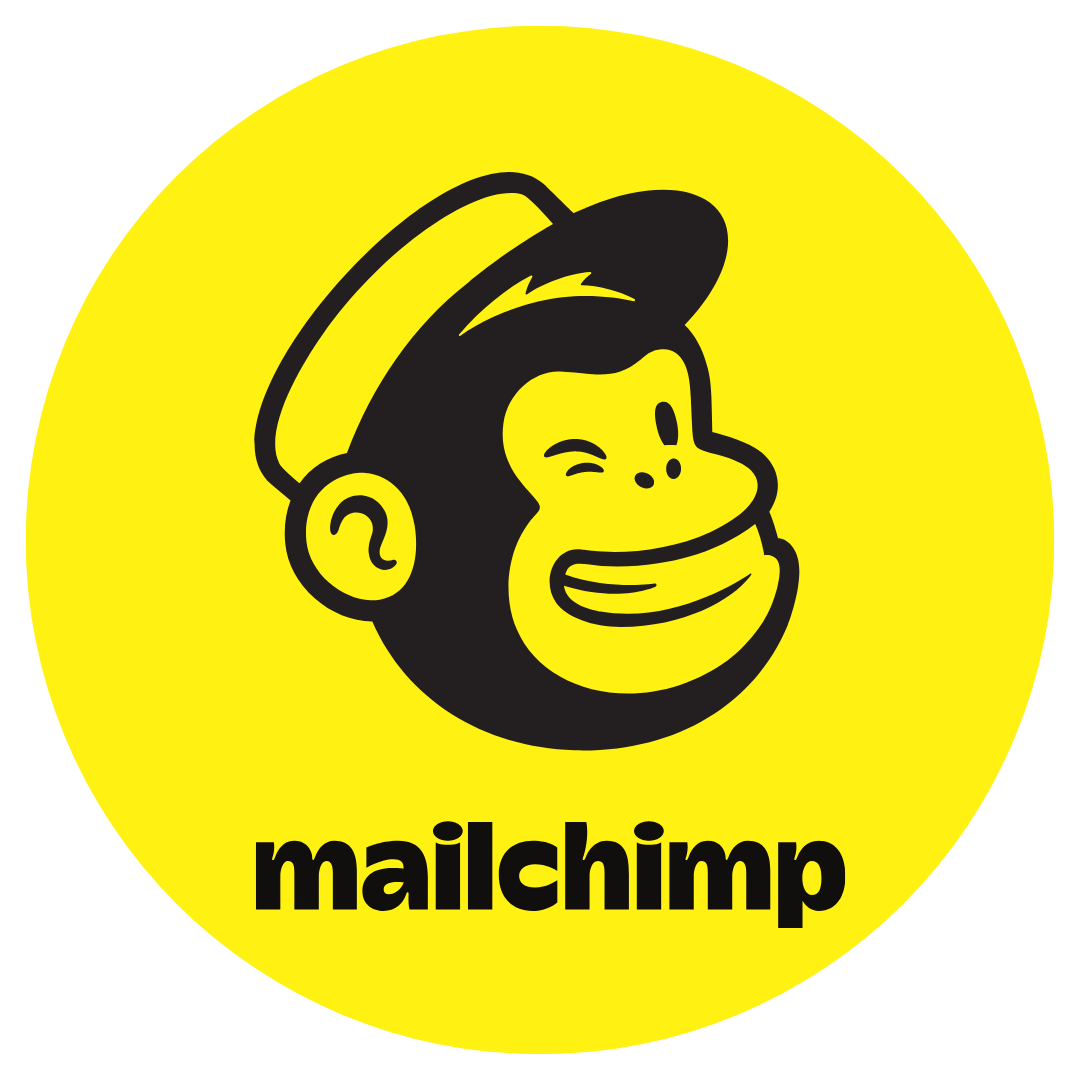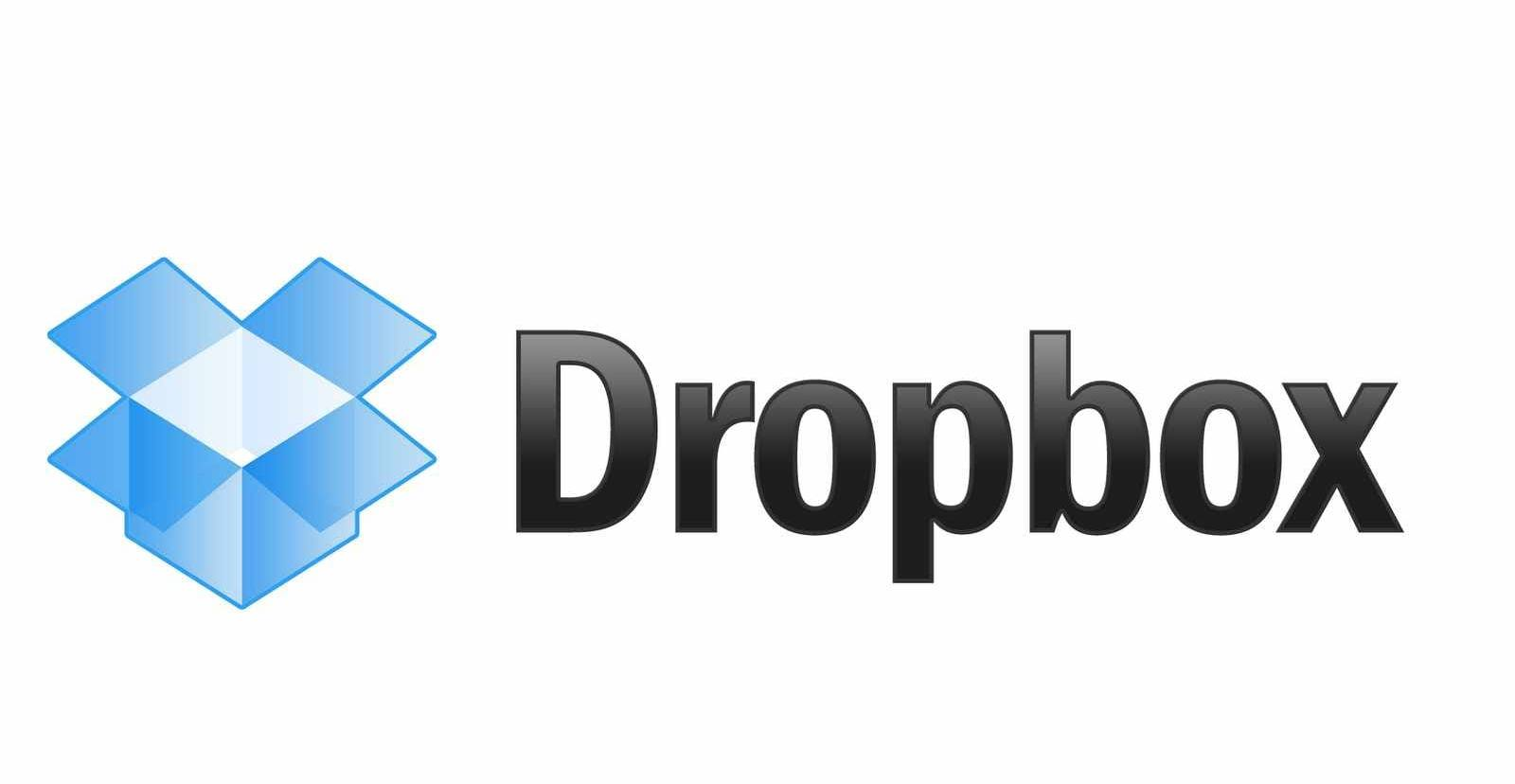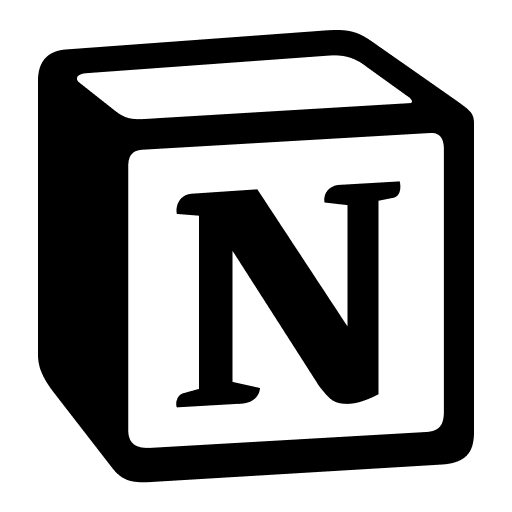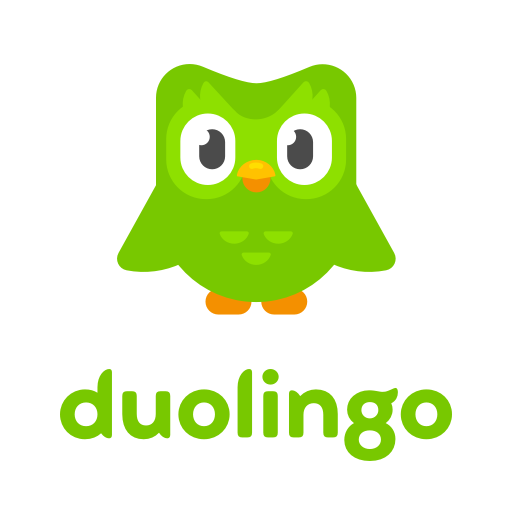
Brand Logo Design Basics: Essential Guide for Startup Leaders
Discover proven strategies and actionable basics of brand logo design for startups. Learn how to create a standout logo, build a strong brand identity, and leverage AI-powered tools for success.
A logo is often the first thing a customer notices about your brand. For startups, where first impressions are pivotal, a well-designed logo isn't just decoration—it's a strategic asset. It communicates values, builds trust, and helps your brand carve out a distinct place in the market. According to studies, 75% of consumers recognize a brand by its logo, making it a cornerstone of any early-stage company’s identity. Ignoring it isn’t just a missed opportunity—it’s a risk.
A powerful logo can shape how your company is perceived long before a prospect interacts with your product. Whether it’s on a pitch deck, your landing page, or a business card handed out at a conference, your logo needs to signal intent, credibility, and vision. It’s about looking modern while becoming memorable in a world of short attention spans.
Understanding Brand Identity Design
Think of your brand identity as your company’s personality, and your logo as the face. When someone interacts with your website, social channels, or product, the visual consistency they see builds recognition and trust. A cohesive identity, including typography, color palette, voice, and tone, keeps your brand from feeling fragmented—especially important when you’re scaling fast and need to look as mature as your ambition.
Brand identity isn’t static. As your company grows, your identity may evolve—but it should always be anchored in a clear strategic foundation. Startups often fall into the trap of designing in isolation, treating the logo as a standalone asset. In reality, it should emerge from your narrative, not sit beside it. Done right, the logo becomes a shorthand for your mission.
That narrative-led approach helps create unity between what you say and how you appear. When your visual brand mirrors your positioning and tone, every customer touchpoint—from ads to investor decks—feels coherent and compelling. Startups with a strong identity don’t just get remembered—they get taken seriously.
Principles of Effective Logo Design
There’s no silver bullet for logo design, but a few principles consistently separate the forgettable from the iconic.
- Simplicity is key. Overcomplicating your logo can make it hard to recognize or reproduce, especially on smaller screens. Think of how your logo appears as a mobile app icon or a LinkedIn avatar—it needs to hold up in tight spaces.
- Memorability often comes from a small but distinct visual twist—a custom letter, a surprising shape, a double-meaning image. It should evoke emotion without demanding too much interpretation.
- Flexibility matters too: your logo needs to look strong in black and white, on dark or light backgrounds, and across digital and print formats.
Most importantly, relevance is non-negotiable. A fintech startup doesn’t need to scream “finance” visually, but it should feel appropriate for a sector where trust is currency. Similarly, an edtech platform aimed at Gen Z might use bold colors or kinetic typography to signal energy and modernity. These aren’t aesthetics for aesthetics’ sake—they’re part of your signaling system.
The best logos also scale with you. As your company enters new markets or evolves offerings, your logo should have enough elasticity to remain relevant. That’s why thoughtful design—grounded in context, not just taste—is crucial.
Unique & Unusual Logo Design Approaches
Too many startups play it safe with generic logos that look like they came from the same template. But there’s power in breaking the mold—if it’s done with intention.
.png)
Think of Mailchimp’s hand-drawn chimp or Dropbox’s early use of open boxes and quirky illustrations. These weren’t just whimsical—they communicated brand personality.


Of course, being unique isn’t a license to be obscure. Unusual logos work best when they’re still grounded in meaning. An abstract logo might be fine, but it should still leave the viewer with a sense of tone or feeling. Are you playful or serious? Bold or dependable? The most successful unusual logos provoke curiosity while delivering clarity.
Take the example of Notion—a productivity platform that breaks convention by using a black-and-white serif N in a box. It’s stark, retro, and academic—and it works because it supports Notion’s positioning as a tool for thinkers, writers, and developers. The takeaway? When you deviate from the norm, tie that deviation to a deliberate narrative choice.

Other examples include Duolingo’s playful green owl, which speaks directly to its casual, game-like UX. When done well, unusual logos don’t just catch the eye—they reinforce your difference.

Even seemingly minimalist logos can signal uniqueness through micro-detailing—subtle angles, innovative use of whitespace, or cultural callbacks. It's not about shouting louder; it's about saying something that resonates more deeply.
Harnessing AI for Brand Logo Creation
AI-powered design tools have changed the game, especially for early-stage startups with limited budgets. Platforms like Looka, LogoMakr, and Tailor Brands can generate a usable logo in minutes. The real benefit? Speed and affordability. Most tools cost between $20–$200 and offer decent customization.
But these tools aren’t magic. The output is only as strong as your input, and AI tends to favor safe, average designs. If you use AI, think of it as a starting point—something to iterate on, not your final brand mark. The best use case? Quick ideation. You can generate multiple versions fast, test reactions, and use the results to inform a more strategic brief later.
Some AI tools also integrate brand kits, offering color palettes, fonts, and templates alongside your logo. That’s great for getting a cohesive look out the door quickly. Just be wary of over-relying on automation—without a human eye, you might miss opportunities to create a design that truly resonates or differentiates.
Savvy founders use AI tools for early experimentation and bring in strategic designers once they’ve narrowed down direction. In that hybrid model, AI becomes a launchpad—not a replacement.
Brand Creation Services vs. DIY: What’s Right for Your Startup?
Choosing between hiring a branding agency and doing it yourself depends on your goals and stage. Agencies bring strategic thinking, market research, and tailored design—but that comes with a price tag, often upwards of $2,500. On the high end, comprehensive brand systems can cost $50,000 or more, especially if they include naming, storytelling, and full identity guidelines.
DIY platforms, especially those powered by AI, offer speed and savings, but often lack nuance and cultural depth. For founders in MVP mode, DIY may be enough. But if you're entering a crowded market and need to stand out, investing in strategic brand development can be a growth multiplier, not a cost center.
If you go with an agency, look for one that prioritizes narrative and strategy, not just visual trends. A great logo isn’t just “cool”—it’s culturally fluent, rooted in insight, and future-ready. That’s especially important if you’re trying to land press, raise capital, or launch globally.
Ultimately, the decision comes down to resources and risk tolerance. DIY may be cost-effective, but a misaligned brand can cost more in missed opportunities. Strategic design is a long game investment.
Actionable Blueprint: Step-by-Step Logo Design Process
- Brand discovery→ Define what you stand for and who you’re speaking to.
- Research your market → look at your competitors not to mimic them, but to understand what visual tropes dominate your space and how you might challenge or complement them.
- Move into ideation → sketch and explore, don’t jump straight into software. Give yourself space to explore without judgment. Once you’ve got a few promising directions, digitize them using a tool like Figma or Illustrator. Consider both abstract and literal representations.
- Solicit feedback from your team or early users, then refine → Be specific when collecting feedback—ask what emotions the logo evokes, or whether it feels aligned with your product’s tone.
- Versatile formats and clear usage guidelines → Export your logo in SVG, PNG, and PDF formats, and make sure it works on dark and light backgrounds.
- Document your choices → Why did you choose this shape, this color, this font? Write it down. That documentation becomes the foundation for scaling your brand as you grow.
Key Takeaways & Next Steps for Startup Leaders
A strong logo isn’t just about looking good—it’s about being remembered, trusted, and culturally relevant. Whether you go DIY or hire experts, align your logo with your strategy. Use AI if it accelerates your process, but don’t lose sight of what makes your brand unique. When done right, your logo won’t just represent your company—it’ll help define it.
If you’re not sure where to begin, start with a brand audit. It's one of the quickest ways to gain clarity and surface misalignments before they cost you traction. At Postdigitalist, we’ve helped founders pinpoint gaps and uncover hidden strengths in their brand systems—so if your identity needs a second look, you can book a free workshop with our team. Only 4 spots are available per month.



